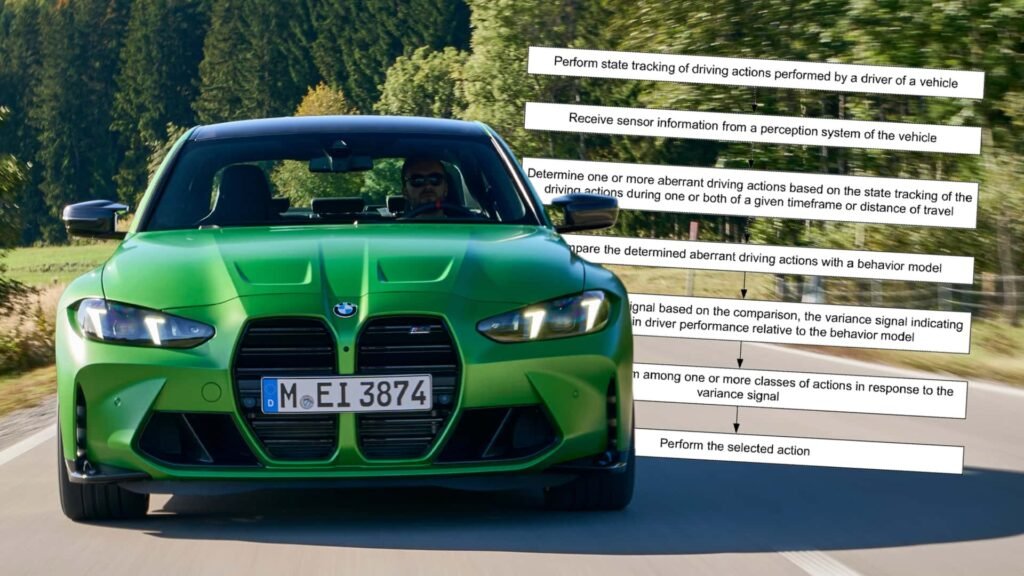
- A new patent through Waymo describes a software package that monitors driver behavior via built-in sensors and driver assistance systems.
- It can provide warnings to the driver or other cars, or even take control of the vehicle if necessary.
- The patent mainly focuses on correcting the actions of bad drivers.
Modern cars are already packed with technology that monitors your driving behavior. Driver assistance systems track speed, acceleration, braking, turning and a plethora of other data points to provide assistance. What ultimately happens with all that data? That’s a controversial topic that we won’t go into now. Let’s just say that recent events involving Toyota, Honda, Hyundai and General Motors show that this won’t just dissolve into thin air.
Now it looks like Google wants that data. The technology giant recently published a patent application via Waymo for software that would monitor driver assistance functions and associated equipment. The information collected from the systems is then processed and evaluated to determine if you are a bad driver. That’s a very basic summary of the 25-page patent application, which focuses on identifying “deviant” behavior. That’s not the most interesting (and possibly disturbing) aspect of this proposed system.
In addition to assessing a driver’s actions behind the wheel, the patent offers several scenarios for “corrective actions” that could occur as a result. The most basic are visual and audible warnings, which alert the driver that quickly changing lanes without a turn signal is not cool. The system can also warn other nearby cars that a maniac is on the loose. And another option is for Google to take control of the car indefinitely.
There are other, less extreme examples of how this technology can be used. For example, if the driver makes excessively poor decisions while on the road, he can perform calibration tests to ensure that all systems are rated. It can also learn a person’s specific driving style over time and use that as a basis to determine if something is wrong. As such, the system can sense a vehicle straying slightly into a lane – not enough to trigger a typical lane departure warning, but unusual for the driver – and issue some sort of warning.
As for simply collecting data to sell it or develop more software, there is no mention of that. With recent reports that automakers are already doing that with their internal systems, we can’t help but assume that Google could have similar motivations.
Patents are often about capturing an idea for possible future use, as opposed to something for the short term. So don’t expect this to be implemented anytime soon, if ever. Among other things, it sounds like a legal nightmare when it comes to when and how the system should take over a car. Anyway, check back in another 30 years. By then, your car might be charging you for taking turns a little too fast.

